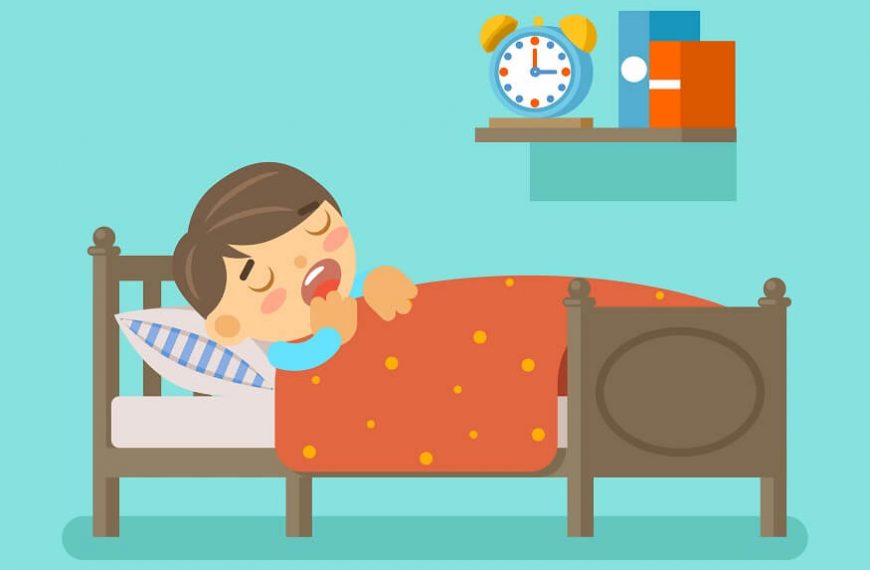Bedtime can often be a daunting challenge for parents, as they strive to create a peaceful and restful sleep routine for their children. We all know the struggle of getting little ones to settle down and drift off into dreamland. Many parents struggle with the answer to the question of – what is the best time to sleep. That’s where a bedtime routine chart can be a lifesaver! Just imagine having a visual guide that simplifies the entire bedtime process, making it easier for both parents and children to navigate through the evening routine. The idea of a bedtime routine chart will be addressed in this blog post, along with how it may make difficult nighttime situations easier while ensuring your child receives the rest they require.
The development and well-being of your child depend on your choosing the appropriate bedtime for them. Each age group has different sleep requirements, and knowing the best bedtime for your child’s age can greatly contribute to their sleep quality. Generally, preschoolers require 10 to 12 hours of sleep each day. By understanding these recommended sleep durations, you can determine the appropriate bedtime or the best bedtimes for kids
Why is a Bedtime Routine Important?
A bedtime routine serves as a crucial anchor for your child’s sleep schedule. Here’s why establishing a consistent bedtime routine is so important:
Predictability and Stability: Children thrive on predictability and stability. An established bedtime routine gives kids a sense of security and familiarity, which makes it simpler for them to go from being awake to being asleep. It creates a comforting rhythm that signals their bodies and minds that it’s time to unwind and prepare for rest.
Regulation of Circadian Rhythm: Our bodies naturally follow a circadian rhythm, an internal clock that regulates sleep and wake cycles. A regular bedtime routine helps your child sleep and wake up at the optimum times by synchronising their circadian cycle. For example, if your child consistently goes to bed at 8 p.m., their body will adjust and naturally feel sleepy around that time.
Reduced Bedtime Battles: Bedtime battles can be emotionally draining for both parents and children. Implementing a bedtime routine chart minimises resistance and power struggles by providing a clear structure and expectations. When children know what to expect and see their progress visually, they are more likely to cooperate and actively participate in the routine.
Enhanced Sleep Quality: A well-established bedtime routine sets the stage for a restful night’s sleep. By incorporating soothing activities such as reading a bedtime story, taking a warm bath, or engaging in relaxation exercises, children can wind down and transition into a relaxed state before sleep. This encourages longer, deeper sleep that is more restorative, which enhances cognitive performance, mood regulation, and general well-being.
Establishing a Bedtime Routine Chart
One effective way to simplify bedtime challenges and instill a consistent bedtime routine is by using a bedtime routine chart. A bedtime routine chart is a visual tool that outlines the various activities to be completed before bedtime. It acts as a visual reminder for both parents and children, helping them stay on track and follow a structured routine.
Creating a Bedtime Routine Chart
Determine the essential activities: Decide which essential activities should be a part of your child’s bedtime routine. To do this, you might brush your teeth, put on pajamas, read a bedtime tale, and say goodnight.
Assign time slots: Allocate a specific amount of time for each activity to ensure the routine flows smoothly. It is crucial to consider the average duration of each task and factor in any additional time required for individual needs.
Use visual aids: Incorporate visual cues into your bedtime routine chart to make it more engaging for your child. You can use pictures or stickers to represent each task, making it easier for younger children to understand and follow.
Display the chart: Place the bedtime routine chart in a visible location, such as your child’s bedroom or bathroom. Ensure it is easily accessible for both you and your child.
Implementing the Bedtime Routine Chart
It’s time to implement your bedtime routine chart once it has been created. Follow these tips to ensure a successful implementation:
Explain the chart: Sit down with your child and explain the purpose and importance of the bedtime routine chart. Emphasise that it will help make bedtime smoother and more enjoyable.
Involve your child: Encourage your child’s active participation in the routine by allowing them to check off completed tasks on the chart. This will create a sense of ownership and responsibility.
Provide gentle reminders: Initially, your child may need gentle reminders to stay on track. Use verbal cues or point to the chart to guide them through each task.
Be flexible: While the routine should generally remain consistent, it’s essential to be flexible when necessary. Accommodate occasional deviations, such as special events or family outings, but ensure that the overall structure of the routine remains intact.
Benefits of a Bedtime Routine Chart
If you are wondering how to make a child sleep, using a bedtime routine chart offers several benefits for both parents and children:
Reduces bedtime battles: The visual representation of tasks helps children understand and anticipate what comes next, reducing resistance and power struggles during bedtime.
Enhances independence: By following the routine chart, children learn to complete tasks independently, fostering a sense of responsibility and self-reliance.
Promotes relaxation: A consistent routine with calming activities, such as reading or taking a warm bath, signals to the child’s body and mind that it’s time to wind down and prepare for sleep.
Conclusion
Still wondering how to make a child sleep or the best time to sleep? The journey to a peaceful and stress-free bedtime can begin with the implementation of a bedtime routine chart. By visually mapping out the necessary steps and activities, parents can simplify the bedtime process and ensure their child gets the sleep they need. A child sleep chart is a valuable tool that helps parents track and monitor their child’s sleep patterns and routines. Imagine how a child sleep chart can transform your evenings, with tasks like brushing teeth, changing into cosy pyjamas, reading a favourite story, and saying goodnight all seamlessly falling into place. As a result, your child will acquire sound sleeping habits, enjoy better-quality sleep, and awaken feeling rejuvenated and ready to take on the day. So, take advantage of the power of a bedtime routine chart and make bedtime a time of relaxation, connection, and tranquillity for your child and yourself.
Found this blog interesting? We have many more interesting blogs on parenting and child development in our blog section. If you wish to know more about us and our specially crafted curriculum, do visit the EuroKids centre nearest to your house.














